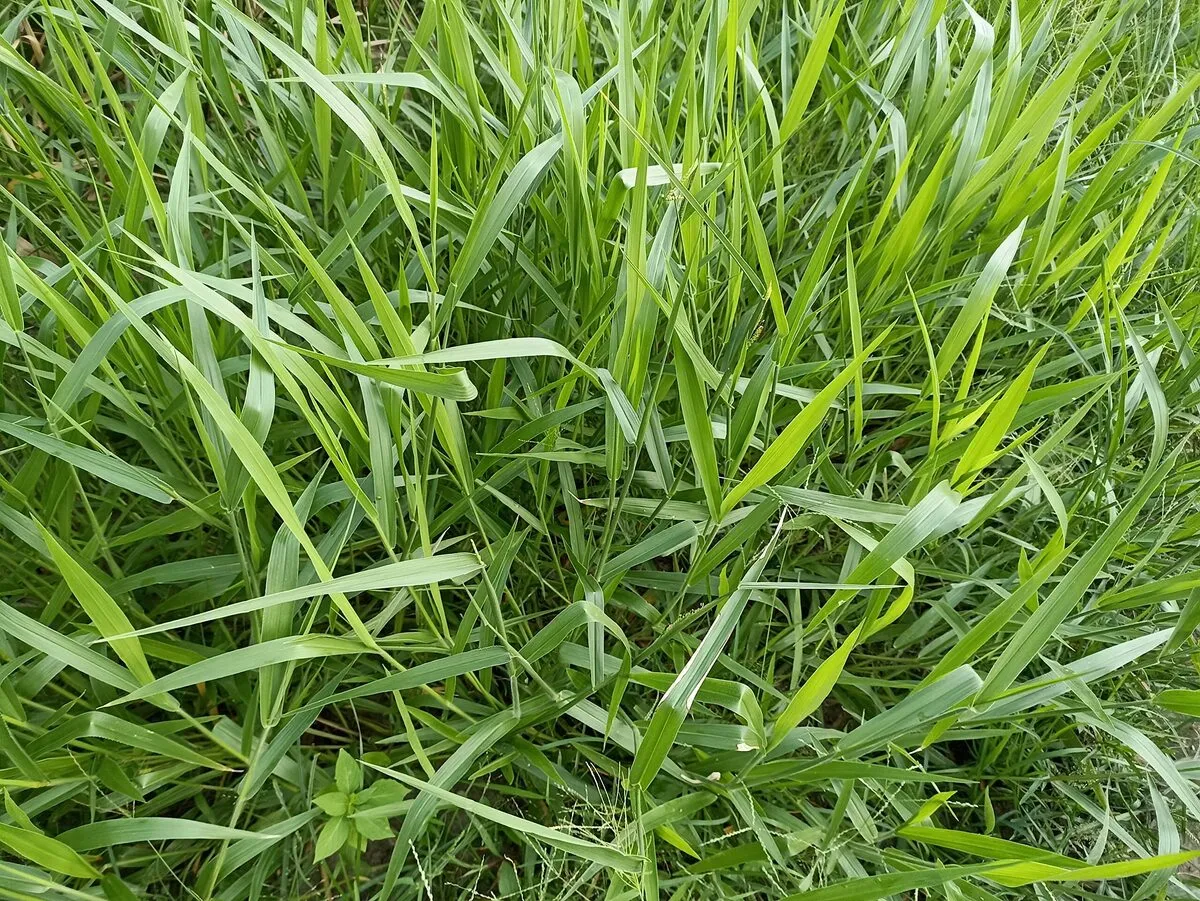Iranian Researchers Grow African Grass with Little Water Consumption

“African grass of genotype 88 is a type of native grass that has good appearance characteristics like color, texture and density of grass, which in general is grass with high appearance and functional quality,” said Zamani, the managing director of the knowledge-based company.
Noting that the important characteristic of this type of grass is its high tolerance to drought stress as well as salinity, heat and waterlogging, he said, “Compared to common types of grass, it reduces the amount of water consumption by one-fifth, while showing resistance to water and soil salinity; therefore, in order to reduce water consumption in urban green spaces, it can be a suitable alternative for common grass species in the country.”
“This product is urban, industrial, and domestic green spaces in tropical and subtropical regions, which of course can be used in cold regions as well, but in these regions it has a short period of time, which at this time also depends on the color of the time,” Zamani added.
In a relevant development last year, an Iranian knowledge-based company had also succeeded in production of a special grass for football stadiums with low maintenance costs.
“The main goal of the project is to strengthen the weak soils to withstand loads and prevent compaction, increase permeability and reduce erosion, and in this project we increased soil fertility by using polymer filaments,” said Dawoud Maleki, the chairman of the board of directors of the knowledge-based company.
“This process is similar to concrete structures; if a concrete structure is built without rebar, it will collapse under the influence of its own weight but filaments or steel bars change the direction of the load’s weight and prevent compression,” he added.
“The cost of maintaining this field by using this method is about $2,000 per month, while the maintenance of the grass field in the European stadiums costs about 30,000 dollars,” Maleki said.
4155/v





















